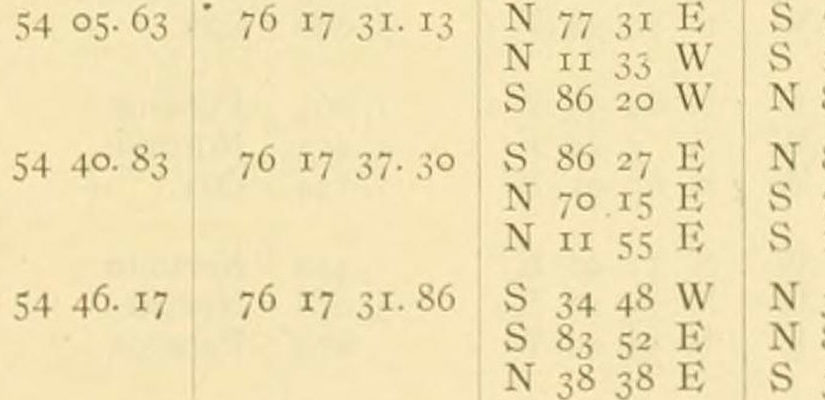Keyboard, Video and Mouse (KVM) switches (as a hardware device) have been around for over 20 years, and were used to control multiple computers from a single keyboard, mouse and display. These are still widely use in datacenters to control multiple servers but aren’t that ubiquitous for home use.
I am far more effective on a full-sized keyboard and mouse than I am typing on a cramped laptop keyboard. This is especially trying with the two systems I’m working with presently as they both have function (Fn) buttons, but are in different places.
I could hook up two sets of keyboards and mice, but that would take up a lot more of my desk space, and may not be ideal for many scenarios, particularly when I’m working out of a cubicle from a client site.
I’d been looking for a way to manage multiple systems, but many of the ones I looked at that were advertised as ‘free’ turned out to be nagware, or key features were locked behind a pay wall. After reading an article on raymond.cc, I settled on “Microsoft’s Mouse Without Borders”.
- It’s free.
- It’s relatively simple to install and configure.
- Where it works, it works great!
It doesn’t play nice with VPNs as others have observed. There are ways around this which may or may not work depending on your VPN settings and whether or you’re able to make changes to them.
If you’re managing 4 or fewer computers and don’t require a hardware KVM, I suggest giving it a try! I’ve placed a link on my tools page.



